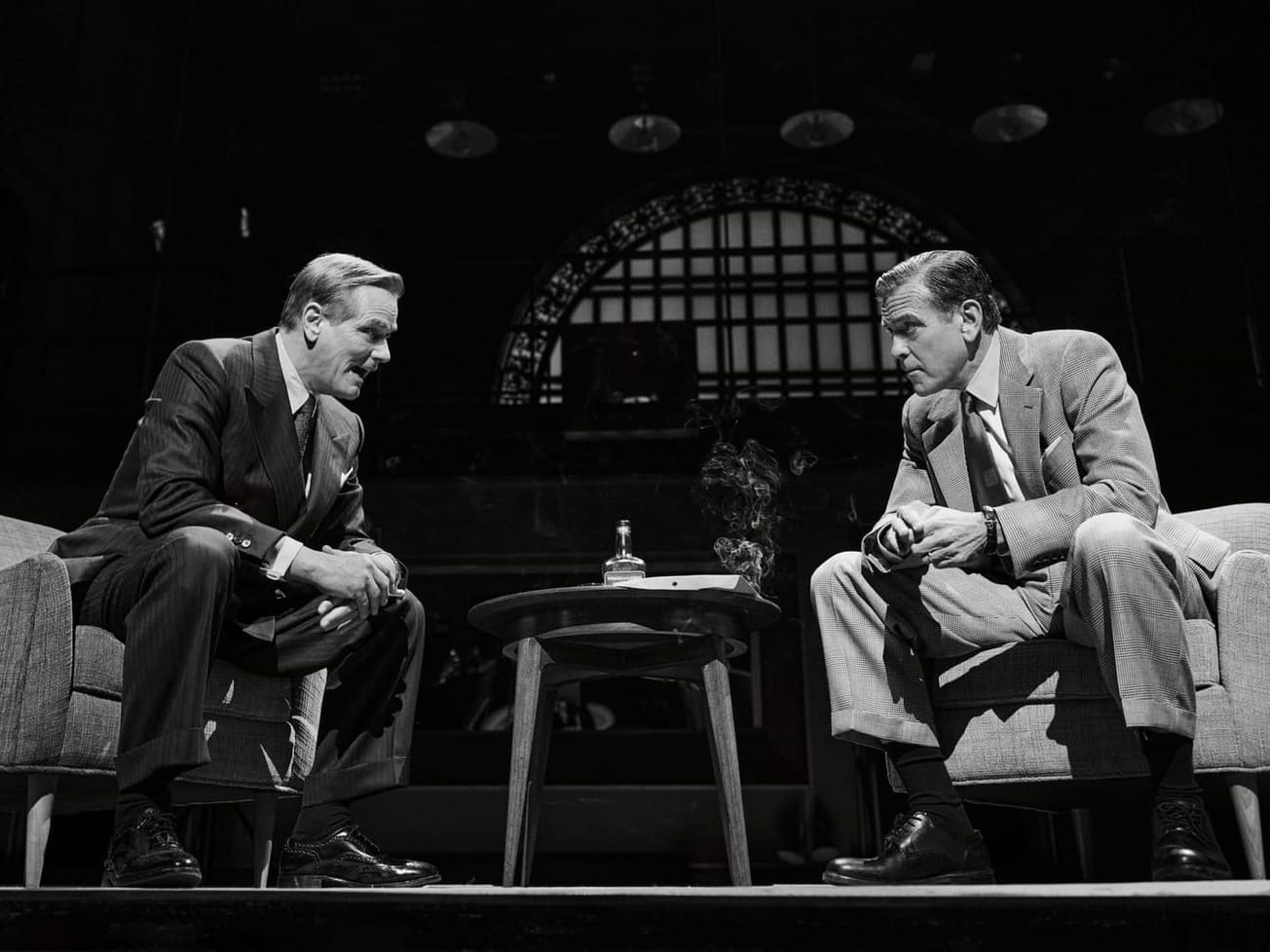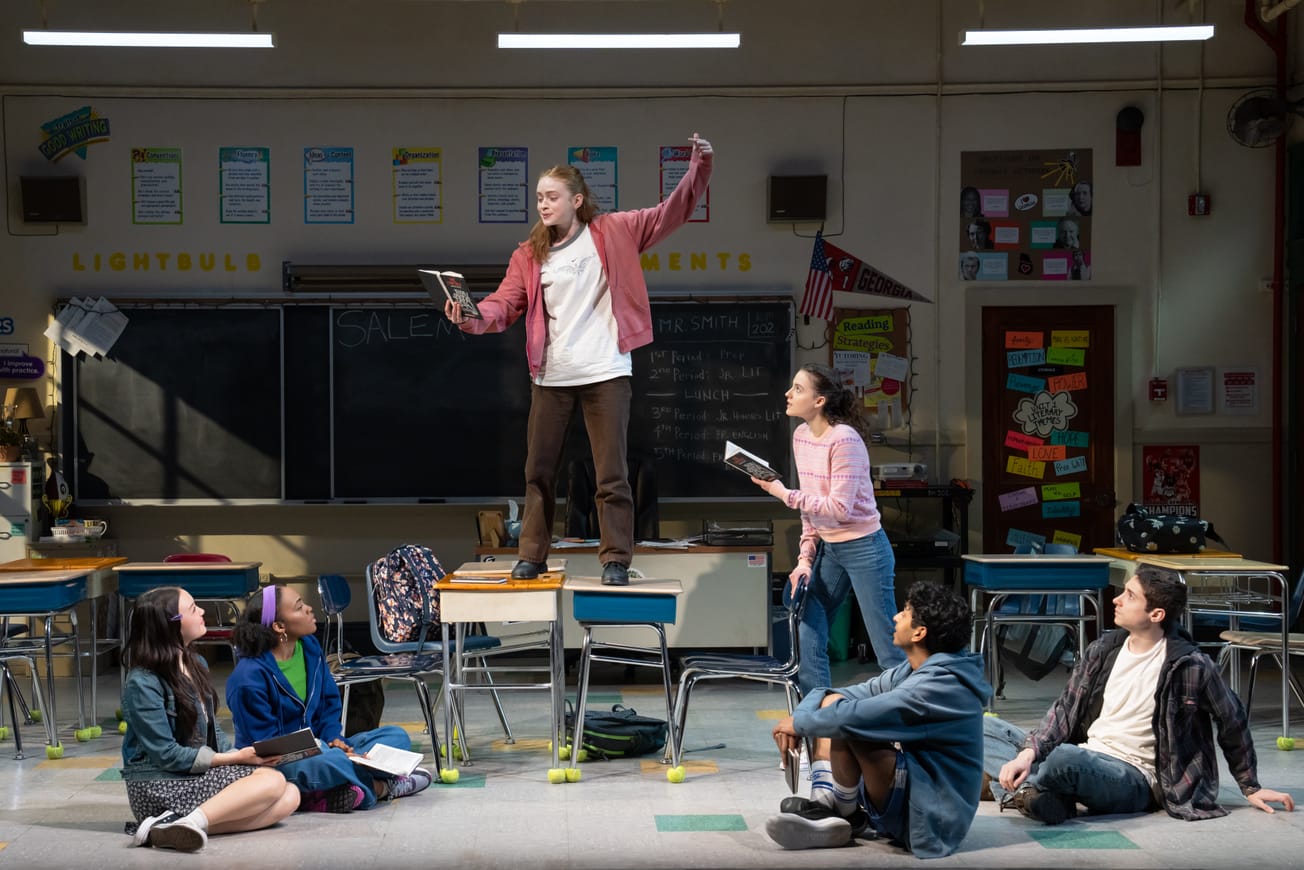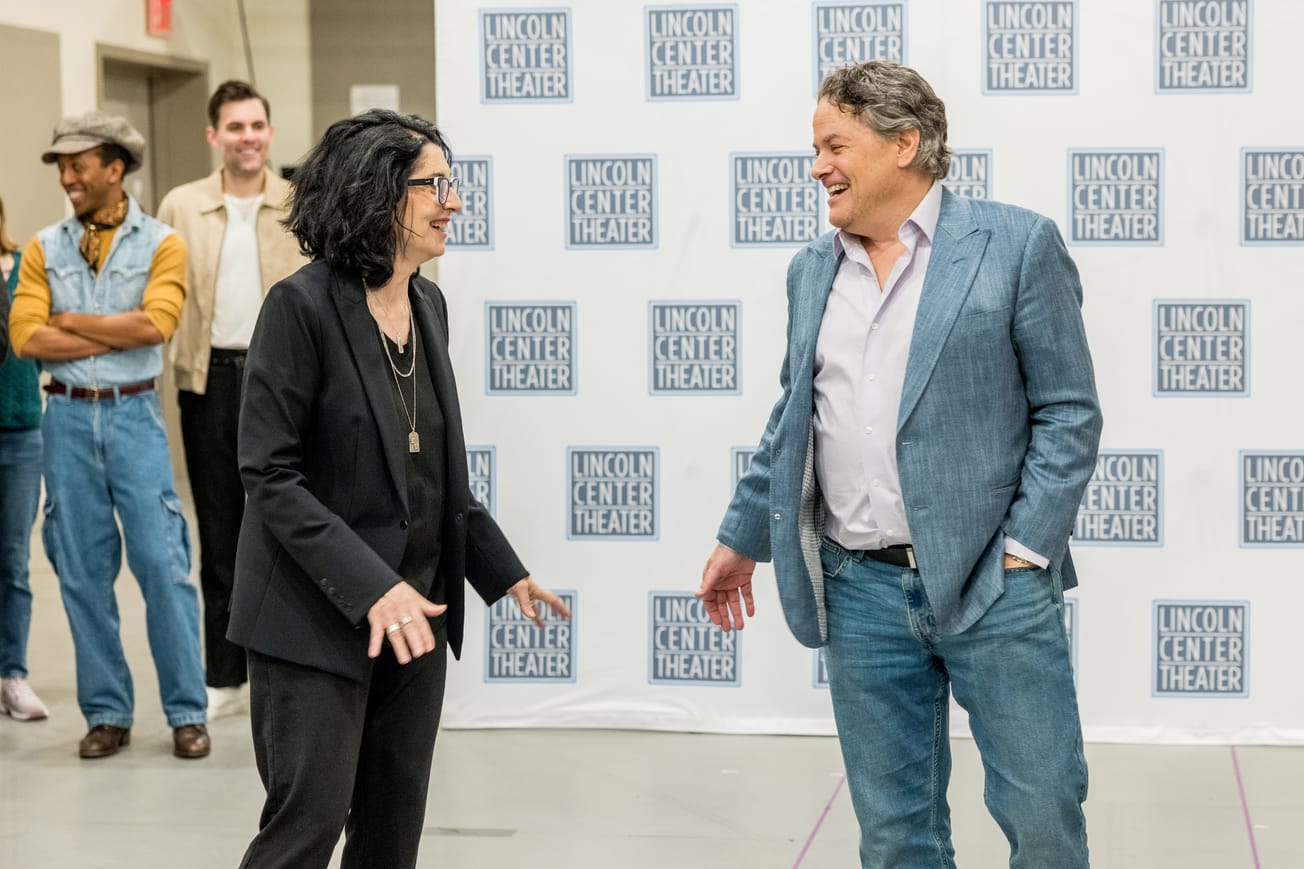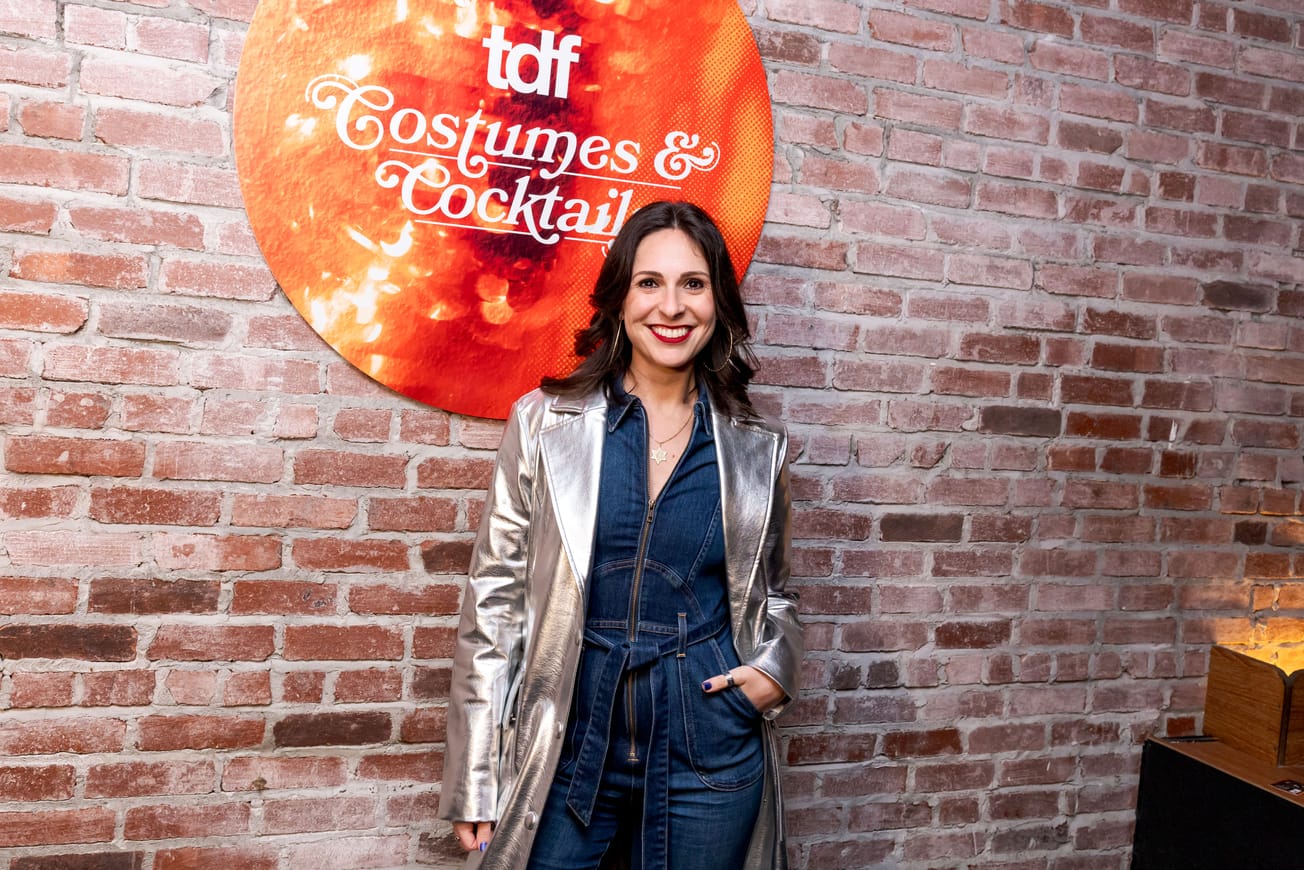When a lighting designer asks, “Can we get stage left more pink?,” there is a team of people who have to problem-solve and use technology to execute that request, including the moving-light programmer. Scott K. Tusing, who loves to problem-solve, has programmed dozens of shows since he started in the industry in 2014. (He served as the moving-light programmer on 15 shows in the 2021-2022 season alone.)
During his elementary-school years, Tusing attended the local upper school production of “Little Shop of Horrors.” “I remember seeing colors change onstage and the costumes and props,” Tusing recalled. “I think I spent most of that production looking around trying to figure out how it all worked.” Though he later entered undergrad in pursuit of an industrial systems engineering degree at Virginia Tech, Tusing found his way to the campus theater and, consequently, the theater program “where I learned art,” Tusing said. “As someone who is instinctually technology-first, being forced to learn how to do art and communicate with artists was, possibly, the most valuable thing I could have learned in school.”
After graduation, Tusing worked for Hartford Stage Company for a year before landing in New York City. He started out in lighting shops — prepping shows by labeling cables, configuring fixtures, etc. Tusing landed his first Broadway gig — courtesy of a colleague, Tim Rogers — as a substitute lighting programmer on the 2015 Broadway revival of “Dames at Sea.” From his experiences on straight plays like “Eclipsed” to the flashy musical “& Juliet,” Tusing shares the ins and outs of a career as a moving-light programmer here:


























































